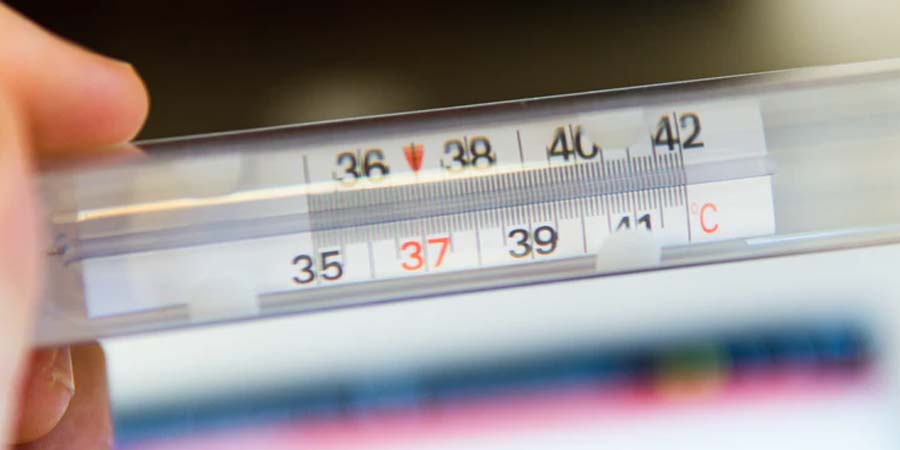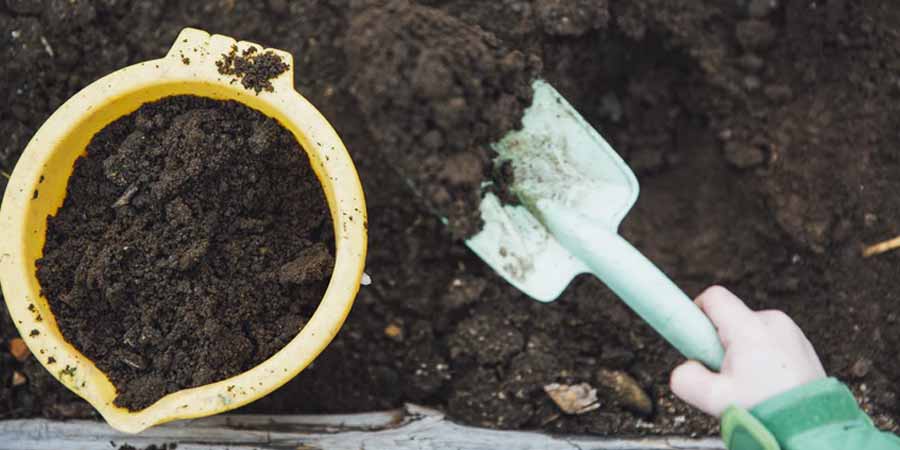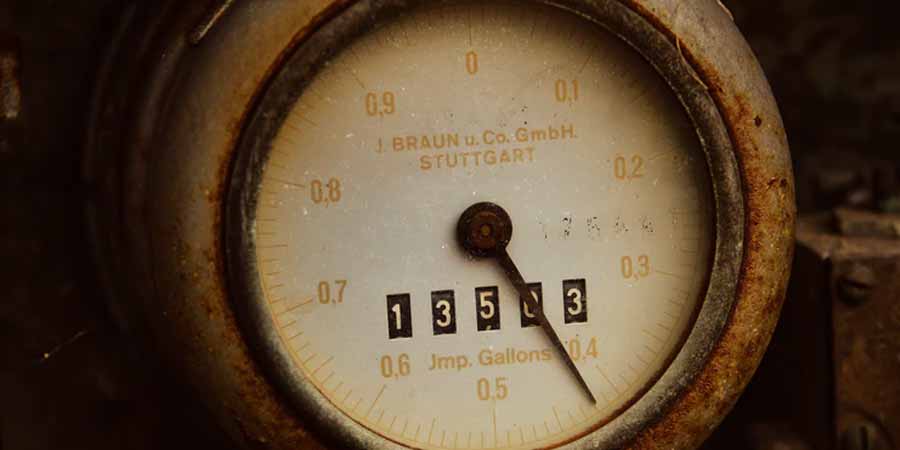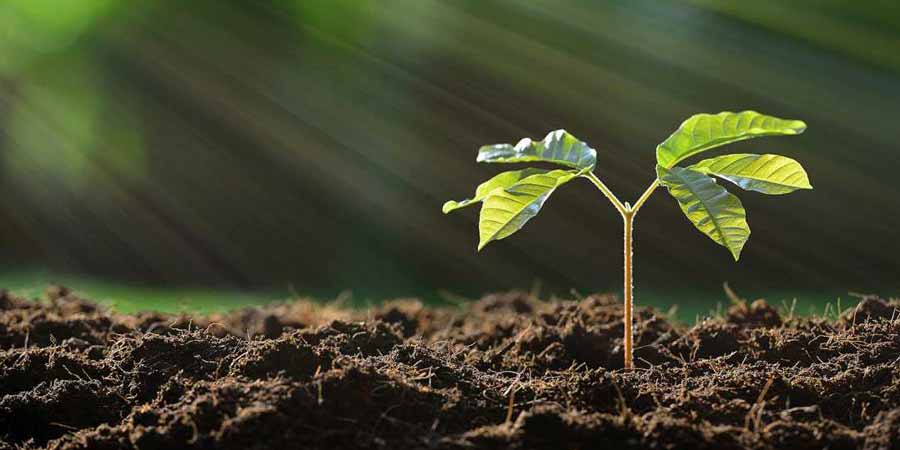7 Factors Affecting Plant Growth: You might have noticed browning and wilting of your plant’s leaves… or perhaps, bite marks?
Or changing of color stems, stunting of roots, irregular development of flowers and fruits, or maybe a presence of chemical residue in your plant’s topsoil?
Hmmm
When you see these, you’d conclude that there’s something wrong with your plants.
And you don’t have to be a botanist to know this.
But hear me out
There’s a way to prevent this from happening. And the first step?
Well, you have to know the 7 Factors Affecting Plant Growth.
And lucky for you!
You found the right article to read through!
Back to Home Page: ShaneTurrell
1. Light

You might’ve already known that light is one of the crucial variables needed for your plant’s growth.
But here’s a fact
Each plant would need a different intensity of light exposure.
Why?
Since plants are almost everywhere, varieties of them evolved from different locations from all around the world. So, each of them has adjusted to different types of light.
It means, if you’re about to grow one, you have to know your plant’s specific light requirement needed for it to grow and develop fully.
Wait up. There’s more!
The intensity of the light also depends on the seasons. The winter days receive the least amount of light, and the spring is a transition towards a more intense heat and light exposure as it approaches summer.
Spring is where the light is enough to stimulate plant growth. It is where they develop robust root systems and grow their leaves.
In the hottest season of the year, flowers fully blossom since it receives more red light that stimulates bulb development.
And the low and slanting autumn light is the gesture of the plant to start shedding its leaves.
As you see
As light induces photosynthesis, plants are dependent on it to create food. So, when raising a plant, we have to ensure that we provide the sunshine it needs.
2. Water

Another vital factor that allows your plant to survive is water.
The stress of dehydration will immediately wither your plant causing death.
Since plants have a 90 percent water composition, a little sprinkling once in a while will help them endure the scorching daylight heat.
But how do they need water?
You see
Water molecule carries and distributes all the necessary nutrients throughout the plant’s cells. It also dissolves the soils and minerals, which are large enough for the plant to take.
But you need to be aware of this.
Overwatering is never the solution!
Not only that it drowns the plant, but it also makes the soil highly compacted when it dries up.
Moisture and humidity must be enough to encourage the plant’s growth and development.
So make sure to give your plant only the right amount!
3. Temperature

The pace of the plant’s essential processes to survive is determined by temperature. When it receives the right moisture and warmth, the seeds will immediately germinate and grow.
Do you know why?
Upon exposure to heat, a chemical reaction will occur, allowing the plant to transpire, respire, and undergo photosynthesis. But with a cooler temperature, the plant will slow down, so there will be a slower-paced growth and development.
So, what now?
Well, it means that the temperature is the determining variable of the length of the growing period. It makes the scheduling of planting and harvesting season throughout the year relevant.
It utilizes the right timing to match the temperature to the stages of planting!
But I still have a lot of things to tell you.
The temperature is affected mainly by the air movement in the atmosphere. It distributes the heat from areas near the equator to the polar regions.
So the farther the region from the equator’s location, the more likely people would grow fast-maturing crops.
Aside from this, the distance from water bodies can also affect temperature. The nearer the area from seas or swamps, the cooler the temperature will be.
And when hiking, you must have noticed how the air temperature changes as elevation increases. Well, altitude is also one of the factors that influence temperature.
And take note of this!
Only unique plants grow in regions below six degrees. The reason for this is the low moisture that causes loss of transpiration. It occurs due to the freezing temperature.
Tender leaves do not grow in these areas since they have high sensitivity to low temperatures.
But there are still plants and trees that could withstand the cold. Deciduous trees are the perfect example that uses the cold temperature to mature and produce seed.
So what does it tell us?
Species of plants prone to intense cold and heat have developed a mechanism to adapt to these conditions.
You have to ensure that you determined your plant’s tolerance limit and appropriate it to your area’s temperature before deciding which plant to grow.
4. Nutrients

There is no debate that nutrient is one of the factors affecting plant growth.
But let me elaborate further.
As you see, your plant needs it for survival and sustenance. But there are actually 17 nutrient varieties that ensure your plant’s survival.
Among those are abundant in the air, like carbon. It also uses elements of water molecules such as hydrogen and oxygen.
The remaining nutrients are in the ground, and it is up to your plant to find them.
And be wary of this
If one of those nutrients is missing, the chances of your plant’s survival are relatively low.
And you don’t want that for your plant!
Now, I bet you want to know more about your soil’s nourishment for a better yield.
The following information will surely help you expand your knowledge regarding nutrients.
- Category of Nutrients
Experts differentiate the nutrients into two: micronutrients and macronutrients. The plants consume more macronutrients than micronutrients, including phosphorous, magnesium, calcium, potassium, and nitrogen. Meanwhile, the micronutrients are copper, iron, and others.
What’s more?
The pH level will tell you the nutritional components of your soil. When the pH is low, your soil has fewer macronutrient content.
On the other hand, high pH soils usually have lesser micronutrients in them.
- Soil Nutrient Imbalances
The thing about nutrients is that your plants would need one to utilize others. So if one is absent, then your plant would have difficulty absorbing other nutrients. The growth of your plant is reliant on the balance.
But what do you do when there’s an imbalance in your soil nutrient?
The answer is simple.
You can acquire the lacking nutrients by using compost and manure as supplements.
Add this annually in your garden’s soil and see the difference.
- The Use of Fertilizers
Nutrients are different from fertilizers. People use chemical or natural substances to add nitrogen, potassium, and phosphorous to the soil.
The downside?
It ignores other essential macro and micronutrients, which are equally crucial for your plant’s growth and development.
- Nutrient Deficiency as Source of Diseases.
Since nutrients strengthen your plant’s immunity to various conditions, its deficiency of essential micro and macronutrient makes them susceptible to diseases.
Tomatoes, for example, acquire Blossom end rot when it lacks calcium.
So, it is safe to conclude.
If they are malnourished and not equipped with sufficient nutrients, they are vulnerable to bacterias and viruses, which will kill them.
5. Wind

We pertain to the movement of air on the earth’s surface as the wind.
And believe me
As much as we love to fly kites during windy days, we still have many things to learn about wind as one of the critical factors that affect plant growth.
For instance, do you know that wind is a result of varying pressures from two adjoining areas? It causes temperature differences, and as these pressures are pushing air masses, it generates wind on the earth’s surface.
And this might interest you.
Wind also acts as a carrier of water vapors throughout the globe. The wind in our faces has already touched the mountains of the Himalayas or the icebergs of Antarctica.
It brings cold and heat waves in equilibrium by spreading them out, improving the temperature condition.
And these winds vary in terms of intensity, direction, and velocity.
So how does it affect our plants?
Wind transports the seeds and naturally distributes them in various regions. It also increases the pace of evaporation and transpiration of plants. When the atmosphere has high air turbulence, we can expect to have an increased photosynthesis rate.
And developing sufficient food is suitable for the plant.
But here’s the catch
When air turbulence exceeds a certain level, it will be disastrous for the plant.
An intense wind and scorching heat is not a good combination. Aside from it damages your plant’s leaves, it also causes dwarfing of plants because it did not receive the right amount of hydration it needs.
A hot wind can also dry and desiccate the plants by removing all the moisture in the air.
It can also deform the structure of newly grown plants.
Intense wind pressure will prevent it from standing straight or may even severely injure your plant, especially if the wind is coming from a fixed direction.
It is prevalent on plants grown on fields where winds can freely sweep. Sugarcane, wheat, and maze can often have bent or injured stems due to intense winds.
As if that’s not enough
When you’re live near coastal areas where blown winds carry salt particles, make sure to spray your plants with tap water from time to time.
Some crops are sensitive to salt concentration.
On typhoons and much stronger winds, it is difficult for crops and trees to withstand.
So let me tell you a thing about trees.
When planting one, especially those with big fruits, make sure to find an area with less intense wind exposure.
Almost there, but here’s one last thing.
Abrasion is also a problem in sandy areas with strong winds. When swept to plants with soft stems and leaves, the dry sand particles will damage the plants’ tissues.
The tinier the sand particle is, the sharper and more painful it will be for the plant.
So, if your location is prone to intense wind conditions, you might try raising your plant indoors.
6. Solar Radiation

As much as we could not deprive the plant with soil and water, we can’t also deny it with sun exposure.
You see
Solar radiation plays a crucial role in developing chlorophyll to absorb carbon dioxide in the air. The amount of radiation received by a plant will affect its development, shape of vegetation, and the growth of its leaves and fruits.
If you’re into growing wheat, well, here’s what you should do.
You have to ensure that your crops will receive an adequate amount of solar exposure.
And not only that!
Wheat also tends to grow when there is a strategic timing among different climatic conditions. And many research studies support the idea that there is a positive correlation between solar radiation and grains production.
So if your inspiration for planting is profit, you should be serious in prioritizing solar radiation to increase crop yield.
By the way
When talking about grain development, you refer to the amount of light intercepted by the plant. The increased amount of absorbed light is distinct from a specific grain variety.
So, it would be wise for you to be mindful and choose the right plant variety!
7. Pressure

So, we talked about air pressure, which causes wind. But this is not the only pressure that we need to be aware of.
What am I referring to?
Well, there’s the water pressure. And it is induced when you are watering the plant with a hose or sprinkler. As the water moves through the plant’s stem, there is a variable we call the pressure gradient.
If there is an augmented pressure gradient in the leaf surface, it means that the plant’s interior is experiencing the same pressure. And sometimes, it is beneficial to the plant.
Why?
Because it also means that the pressure allows increased water movement from the soil to the plant’s body.
But here’s the downside to that
We all know what evaporation and transpiration mean, right?
These processes are subject to atmospheric pressure.
And when the heat is intense, it means the pressure would demand fast-paced evapotranspiration. And without sufficient water pressure, your plant would end up dehydrated. This is the reason why you need to be mindful of the pressure.
Just like humans, your plant could crumble to pressure as well!
Conclusion: 7 Factors Affecting Plant Growth

Voila!
That’s all there is to it.
Now that you’ve learned the factors affecting the plant’s growth. Gardening would now be easy for you.
If you consider these factors for your plant’s growth and development, you’ll undoubtedly have increased crop yield.
But if I were to be honest,
There are hundreds of things that you need to consider in gardening. Those are just the general variables, but the specific ones are yours to figure out.
But what’s could be more fun than having the challenge to spice it up!
So what are you waiting for?
Grab those gardening tools. This is where you start your gardening journey!
